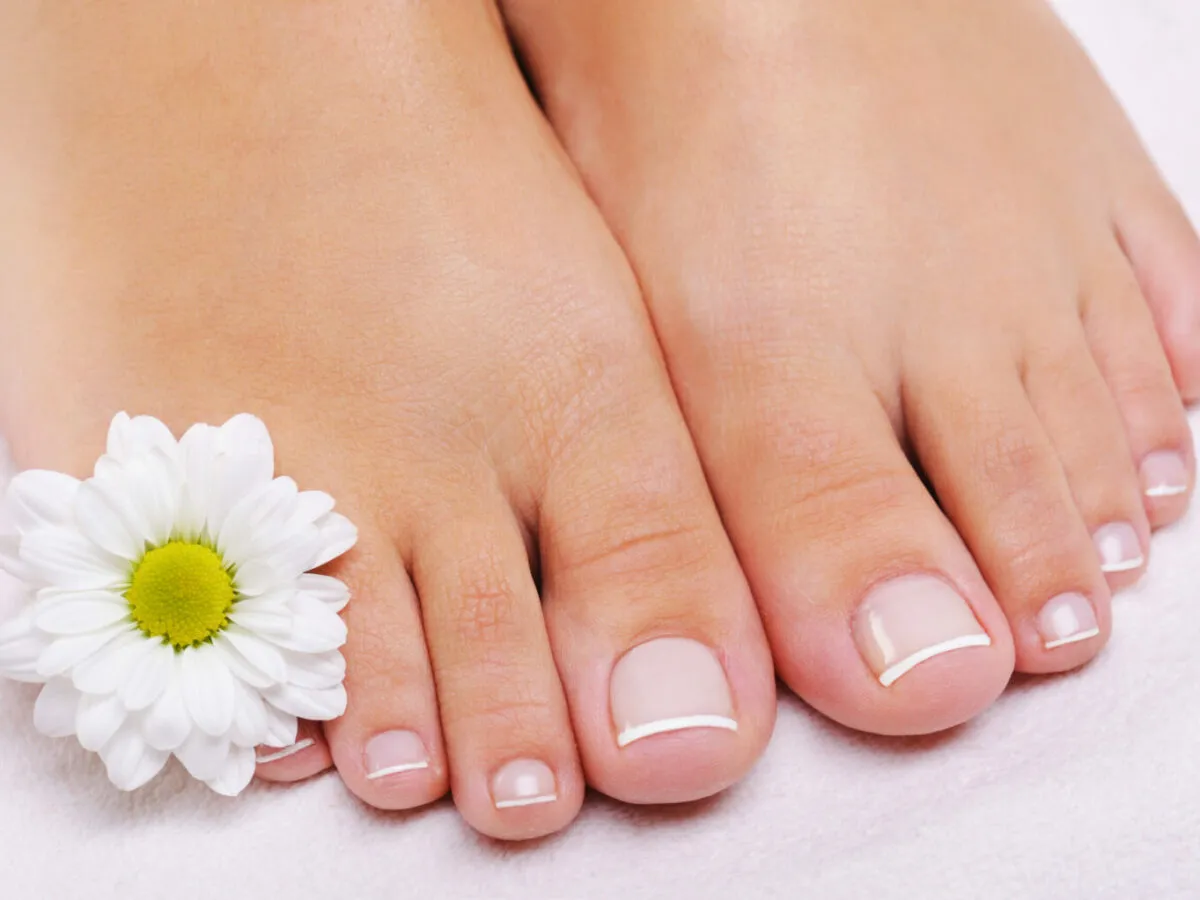A damaged or missing toenail can feel like a big deal. It affects how your foot looks, but also how you feel about it. That’s where a prosthetic toenail might help. This option gives people a chance to restore their confidence and feel whole again.
But is it the right choice for you? Let’s go through everything step by step.
What Is a Prosthetic Toenail?
A prosthetic toenail is a false nail placed over a missing or damaged one. It’s often made from gel, acrylic, or medical-grade resin. Nail techs or foot care specialists apply it using safe bonding agents.
Unlike a fake fingernail, it has to hold up under pressure. Your feet carry your body weight. So, it’s designed for durability and comfort. It’s also shaped to match your natural nail bed. Many people get one after losing a nail due to injury, fungus, or surgery.
Why People Choose Prosthetic Toenails
There are many reasons someone might consider this option. The most common one is appearance. A missing nail can cause embarrassment, especially in public places like pools or beaches.
Moreover, shoes may not feel right without a toenail. The skin under the nail is soft and sensitive. A prosthetic toenail adds a layer of comfort and shields it from pressure.
Additionally, some want a solution while waiting for a natural nail to grow back. Since that process can take months, this becomes a helpful short-term option.
The Application Process
The process is usually quick and painless. First, the specialist cleans the area. Then they shape the nail bed if needed. After that, the product is applied and shaped to fit your toe.
A UV lamp may be used to cure the gel. In most cases, the whole procedure takes less than an hour.
Also, you can choose to paint or decorate the prosthetic toenail. It looks and feels natural when done correctly.
However, it’s important to see a trained professional. Not everyone should attempt this on their own.
When It’s a Good Option
A prosthetic toenail can be ideal in these cases:
- You lost a toenail due to trauma or removal.
- Your nail is slow to grow back or may not regrow at all.
- You’re self-conscious and want a clean look.
- You feel pain or irritation from shoes rubbing on sensitive skin.
Moreover, people in social or professional settings often choose this for confidence. They want to feel better about how they look.
Additionally, some runners or athletes use it to reduce friction inside their shoes.
Possible Concerns to Consider
Though it sounds simple, it’s not right for everyone. Let’s look at the risks:
1. Infections Can Happen
If the nail bed isn’t fully healed, bacteria can get trapped under the prosthetic. That can lead to infections. Always make sure the skin is clean and dry before the application.
Also, people with diabetes should speak with a doctor first. Feet need extra care in such cases.
2. Not a Medical Fix
A prosthetic toenail only solves the cosmetic part. It doesn’t treat nail diseases or fungal infections. Applying one over a sick nail may make things worse.
Moreover, you shouldn’t use it to hide serious problems. If the nail area looks red, swollen, or painful, visit a doctor.
3. They Don’t Last Forever
Most prosthetic toenails stay on for two to eight weeks. Then they may loosen or break. Sweat, water, or tight shoes speed up wear and tear.
Also, regular touch-ups or replacements can cost money over time.
Maintenance Tips
To keep your prosthetic toenail looking good and feeling right, follow these tips:
- Avoid tight shoes that press on the toe.
- Keep the area clean and dry after showers.
- Don’t pull or pick at the nail.
- Use socks made from breathable material.
- Visit a specialist for repairs instead of doing it at home.
Additionally, check the nail area weekly. If you see swelling or redness, get it looked at right away.
Who Should Avoid It?
This option isn’t for everyone. You should skip it if:
- You have ongoing infections or open wounds.
- You’ve had recent surgery on your toe.
- You’re allergic to gel, acrylic, or adhesives.
- You’ve lost full feeling in your toes due to nerve issues.
In addition, anyone with medical conditions like neuropathy or vascular problems should ask their doctor first.
Can You Use It Long-Term?
Yes, many people wear prosthetic toenails for months or even years. However, it’s vital to take breaks. Giving your toe time to breathe reduces the risk of irritation.
Also, switching to a new nail every few weeks is better than leaving one on too long. That helps keep your skin healthy.
Moreover, regular foot exams can catch early signs of trouble. Don’t wait until you feel pain to take action.
What Does It Cost?
Prices vary. On average, a single prosthetic toenail may cost between $30 to $80. This depends on location, type of material, and the person applying it.
Additionally, you may pay more for polish, designs, or medical foot care included in the visit.
Where Can You Get It Done?
You can get it from:
- Medical nail techs
- Certified foot care nurses
- Some podiatrists
- Specialized nail salons
Always check reviews or ask questions before booking. A poorly done prosthetic toenail can do more harm than good.
Also, ask if the person has experience with nail loss due to trauma or illness.
How It Feels Emotionally
Losing a nail, even a small one, can hurt more than we expect. It affects how we see ourselves. Some avoid sandals. Others hide their feet during summer. A prosthetic toenail can restore more than just appearance.
It brings back confidence. It allows people to enjoy daily life without worry. That small change makes a big difference.
Moreover, many say they feel more balanced and relaxed when they don’t have to think about their missing nail.
Conclusion
A prosthetic toenail is more than a beauty fix. For many, it’s a simple way to feel whole again. While it doesn’t heal the skin or regrow the nail, it fills a gap. It offers comfort, normalcy, and peace of mind.
However, like any body care decision, it needs thought. If you go this route, take care of the details. Keep it clean, see the right people, and listen to your body. Your feet carry you through life. They deserve your time and care.
Thinking about trying this option? Don’t rush into it. Explore services at OPC and get expert advice.



